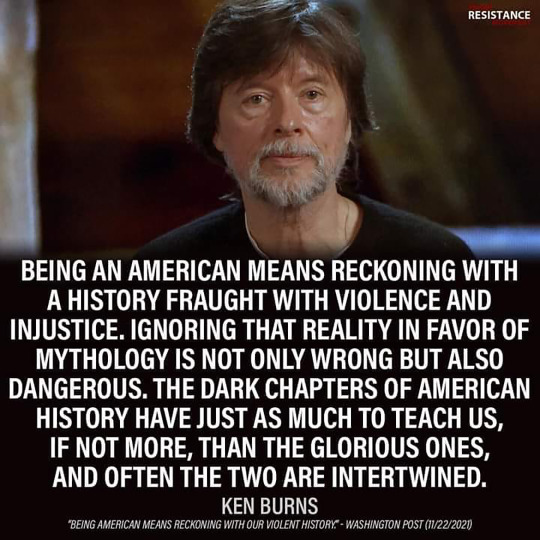#Ken Burns
Text


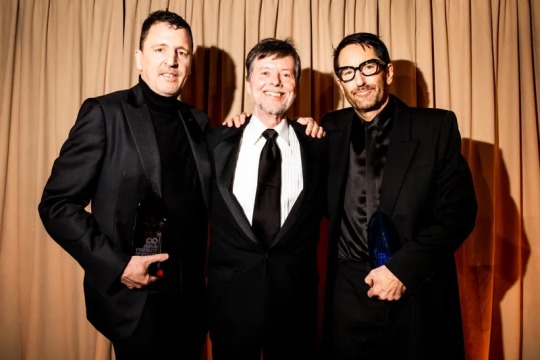




Photos from GQ for the GQ Creativity Awards, New York. Taken by Krista Schlueter.
80 notes
·
View notes
Text
Say it ain't so Ken

We all know Koch and Thomas are garbage, so what is Ken Burns doing palling around with them?
I hope it's a deep undercover fact-finding mission.
34 notes
·
View notes
Photo

The Boring Slug 4.
The exciting conclusion to the adventure.
56 notes
·
View notes
Text
Ken Burns put Ron DeSantis and the Florida legislature on blast, arguing that its latest education bill is a "huge threat to our republic" that is reminiscent of Soviet and Nazi-era policies.
The documentary filmmaker appeared on "CNN This Morning" Tuesday after he posted a series of tweets about Florida House Bill 999, which proposes a ban on critical race theory and other teachings of American history.
63 notes
·
View notes
Text
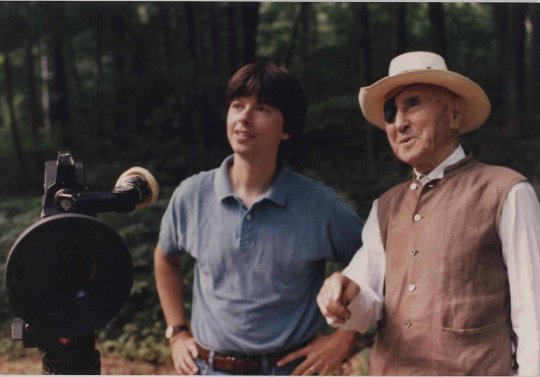
"Ken Burns: … the next question I was going to ask you. What do we find when we search?
Bill Segal: Again, it may sound presumptuous, but being an old man I can say that one finds a network of unity, of oneness. I am not separated from you, or from the animals, from the insects, or even from the stone, from nature. One finds truly a oneness with all things. But I don’t know whether these are just words, “I am,” this wonderful phrase, “I am.” Just this is-ness is wonderful. I don’t have to say I am something-I am. That’s enough. One finds this “I am-ness” through the silence. The silence is, the nothingness is filled with everything. I can’t answer some questions. Words are not very adequate to express what one might find. One finds this moment. One finds your smile."
(From Parabola, 'Vezelay is Here. A Conversation with Ken Burns.')
[Thanks Ian Sanders]
15 notes
·
View notes
Photo
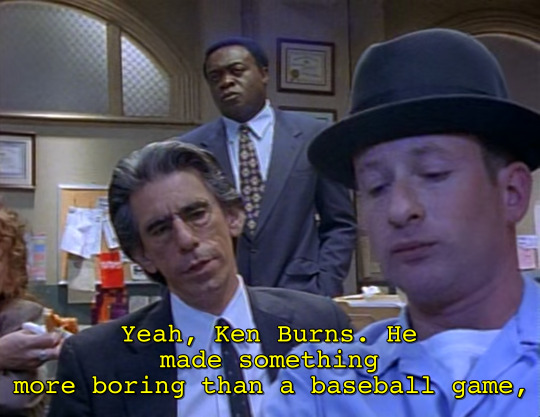

#homicide#homicide life on the street#hlots#munch#john munch#detective munch#richard belzer#ken burns#baseball#tv#television
70 notes
·
View notes
Text
I will never be rich but if I was my goal in life would be to buy up the movie rights to World War Z from whatever studio has them and hire Ken Burns, Werner Herzog, and David Attenborough to make the world's greatest 12 hour zombie documentary miniseries with author Max Brooks as head writer.
I'm a simple man.
#world war z#max brooks#ken burns#werner herzog#david attenborough#documentary#zombies#zombie apocalypse#wwz#the great panic#life goals
315 notes
·
View notes
Text
youtube
In the Know Trailer
"Lauren Caspian is NPR’s third most popular host. He’s a well-meaning, hypocritical nimrod, just like you and me. He’s also a stop motion puppet. Each episode follows the making of an episode of Lauren’s show In the Know, in which Lauren conducts in-depth interviews with real world human guests. Lauren collaborates with a diverse crew of NPR staff. They are also puppets and nimrods." (Peacock)
In the Know is co-created by Zach Woods, Mike Judge, and Brandon Gardner. Woods and Gardner also serve as directors. The six-episode series stars the voice talents of Woods, Judge, Caitlin Reilly, and J. Smith-Cameron. Human interviewees include Finn Wolfhard, Kaia Gerber, Hugh Laurie, Ken Burns, Jorge Masvisdal, Norah Jones, Jonathan Van Ness, Nicole Byer, Tegan and Sara, Roxane Gay, and Mike Tyson. Animation on the series is by ShadowMachine.
In the Know hits Peacock on January 25, 2024.
#in the know#zach woods#mike judge#brandon gardner#caitlin reilly#j smith cameron#shadowmachine#finn wolfhard#kaia gerber#hugh laurie#ken burns#jorge masvisdal#norah jones#jonathan van ness#nicole byer#tegan and sara#roxane gay#mike tyson#peacock#TGCLiz#Youtube
7 notes
·
View notes
Text

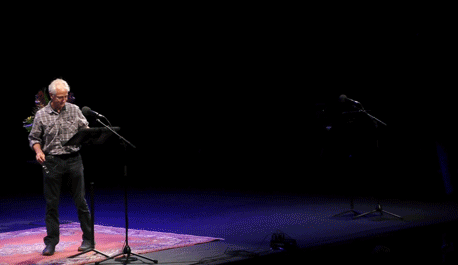
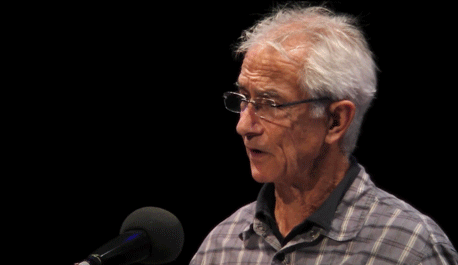
David Strathairn Appreciation:
Selected Shorts: Ken Burns Presents Willa Cather’s America
#david strathairn#theater#selected shorts#david strathairn appreciation#ken burns#my gifs#my david gifs#my theater gifs#readings
12 notes
·
View notes
Text
“Country Music” by Ken Burns, intro to ep. 7: “Are You Sure Hank Done It This Way?”
#currently rewatching this beauty of an episode and this freaking intro gets me EVERY TIME#*cuts to townes* ‘and where art is always created’…MANN 😭😭#chills goosebumps tears etc.#they’ll probably take it down at some point but like everybody needs to see this#country music#ken burns#waylon jennings#willie nelson#dolly parton#emmylou harris#townes van zandt#guy clark#rosanne cash#hank williams jr#john denver#they’re too many to tag sorry
17 notes
·
View notes
Link
I normally don’t agree with George Will but his column about Ken Burns, Lynn Novick and Sarah Botstein’s new documentary U.S. and the Holocaust points out the tragic insensitivity of the U.S. to Jewish refugees from Germany before WWII and the blatant antisemitism in U.S. culture that contributed to Americans turning a blind eye to the creeping danger of Naziism.
The (perhaps unwitting) subtext of this column is that the racism of the “great replacement theory” being pushed by the GQP neo-fascists and their leaders (such as Trump, Abbott and DeSantis) and pundits (like Tucker Carlson) have heartlessly turned refugees from South/Central America and the Caribbean into pawns in their fear mongering and war against immigration and the Biden administration.
The “skepticism” of some Americans before WWII about “German antisemitic lawlessness” also parallels the tendency of many today to downplay just how dangerous Trump and his cronies’ neo-fascism could be if the GQP ever takes control of all three branches of the federal government again.

The Ken Burns, Lynn Novick and Sarah Botstein documentary, which premieres Sunday on PBS, rekindles an agonizing debate: What and when did the U.S. government know about Nazi genocide, and what could, and should, it have done better? The answers that the film judiciously suggests lack comforting clarity.
As the documentary notes, the United States admitted about 225,000 refugees from Nazi terror, more than any other sovereign nation — fewer than it should have but more than public opinion favored. Before Hitler attained power, America’s receptivity to immigrants had waned, and antisemitism, especially in society’s upper reaches, had not. Today’s white nationalist anxieties about “replacement” recast the anxiety of the prominent eugenicist Madison Grant: “The man of the old stock is being crowded out.”
In the 1920s, Henry Ford’s antisemitic newspaper had the nation’s second-largest circulation, according to the documentary. “In 1932,” it reports, “for the first time in American history, more people left the United States than were allowed in.” In the mid-1930s, more than 25 percent of the population listened each Sunday to Charles Coughlin, an antisemitic radio priest.
U.S. newspapers published abundant reports of German antisemitic lawlessness, but many readers were skeptical, remembering discredited World War I propaganda about German atrocities. The State Department, hospitable to upper-crust antisemitism (the documentary names culprits), made visas difficult for German Jews to acquire, then cited the few applicants as evidence that Germany’s Jews were not in crisis. America’s millions of moviegoers saw newsreels in which content about Germany was usually produced by Hitler’s government.
Because Congress would not liberalize immigration, President Franklin D. Roosevelt could not ask other nations to do so. He did say that all Jews who were in America as tourists could stay. But when the United States entered the war, fear spread that European immigrants might include Axis agents. The chairman of the Senate Military Affairs Committee favored building a wall around the nation “so high and so secure” that no alien or refugee could enter.
Three-quarters of the Holocaust’s victims were murdered in 20 months, deep in Eastern Europe, before there was a U.S. soldier on the European continent. The victims could not believe what was happening to them; neither could distant Americans. When, at last, in 1943, the reality of industrialized murder became known, the pace of killing slowed because there were too few readily available Jews to be delivered to the death machinery.
[...]
Some indecent attitudes, and then the inability of decent people to believe the reality of unbelievable indecency, prevented America from doing more than it did with its heroic World War II exertions and sacrifices. “The U.S. and the Holocaust” is an immersion in the limitations that accompany, and define, tragedy.
[emphasis added]
#us and the holocaust#ken burns#lynn novick#sarah botstein#us politics#antisemitism#germany#the great replacement theory#greg abbott#ron desantis#trump#gop#refugees#george will#the washington post
75 notes
·
View notes
Text
It measures just 9 inches in circumference, weighs only about 5 ounces, and is made of cork wound with woolen yarn, covered with two layers of cowhide, and stitched by hand precisely 216 times.
It travels 60 feet 6 inches from the pitcher’s mound to home--and it can cover that distance at nearly 100 miles an hour. Along the way it can be made to twist, spin, curve, wobble, rise, or fall away.
The bat is made of turned ash, less than 42 inches long, not more than 2¾ inches in diameter. The batter has only a few thousandths of a second to decide to hit the ball. And yet the men who fail seven times out of ten are considered the game’s greatest heroes.
Baseball is played everywhere: in parks and playgrounds and prison yards, in back alleys and farmer’s fields, by small children and old men, by raw amateurs and millionaire professionals.
It is a leisurely game that demands blinding speed, and the only one in which the defense has the ball. It follows the seasons, beginning each year with the fond expectancy of springtime and ending with the hard facts of autumn.
Americans have played baseball for more than 200 years, while they conquered a continent, warred with one another and with enemies abroad, struggled over labor and civil rights and the meaning of freedom.
At the game’s heart lie mythic contradictions: a pastoral game, born in crowded cities; an exhilarating democratic sport that tolerates cheating and has excluded as many as it has included; a profoundly conservative game that sometimes manages to be ahead of its time.
It is an American odyssey that links sons and daughters to fathers and grandfathers. And it reflects a host of age-old American tensions: between workers and owners, scandal and reform, the individual and the collective.
It is a haunted game in which every player is measured against the ghosts of all who have gone before. Most of all, it is about time and timelessness, speed and grace, failure and loss, imperishable hope--and coming home.
Geoffrey C. Ward and Ken Burns, Baseball: An Illustrated History
#i don’t care how big a nerd this makes me i legit get chills reading this lol#baseball#baseball: an illustrated history#ken burns#geoffrey c. ward#nonfiction#⚾#⭐#opening day#opening day 2023
19 notes
·
View notes
Photo
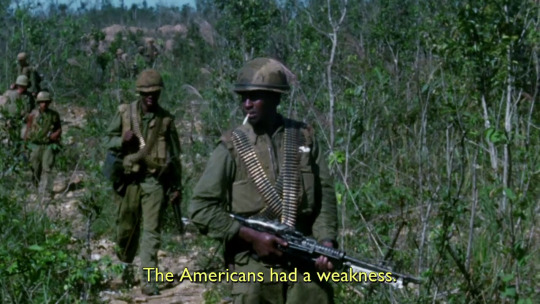
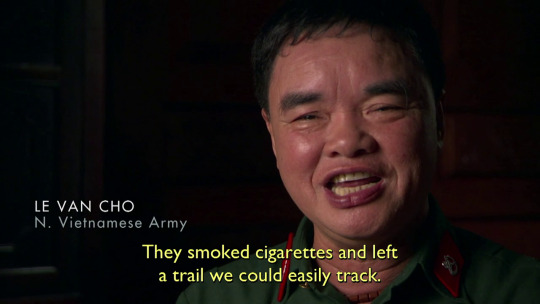
12 notes
·
View notes
Text
It would make me happy, or at least relieved, to report that Ken Burns, Lynn Novick and Sarah Botstein’s new PBS documentary The U.S. and the Holocaust was inessential viewing — that this six-hour cautionary tale about what happens when the United States fails to live up to its humanitarian ideals both domestically and on a global stage just didn’t have anything fresh or relevant to say.
Unfortunately, at a moment at which “America First” rhetoric and anti-immigrant, anti-refugee sentiment remain fervent, as one state after another uses coded language to outlaw the teaching of any piece of our history that dares to deviate from a discernibly false narrative of American exceptionalism, The U.S. and the Holocaust stands as one of the most vital projects in Burns’ five-decade relationship with PBS.
122 notes
·
View notes
Photo

Moonlit.night [from my files]
* * * *
"Ken Burns: … the next question I was going to ask you. What do we find when we search?
Bill Segal: Again, it may sound presumptuous, but being an old man I can say that one finds a network of unity, of oneness. I am not separated from you, or from the animals, from the insects, or even from the stone, from nature. One finds truly a oneness with all things. But I don’t know whether these are just words, “I am,” this wonderful phrase, “I am.” Just this is-ness is wonderful. I don’t have to say I am something-I am. That’s enough. One finds this “I am-ness” through the silence. The silence is, the nothingness is filled with everything. I can’t answer some questions. Words are not very adequate to express what one might find. One finds this moment. One finds your smile."
(From Parabola, 'Vezelay is Here. A Conversation with Ken Burns.')
[Ian Sanders]
22 notes
·
View notes
